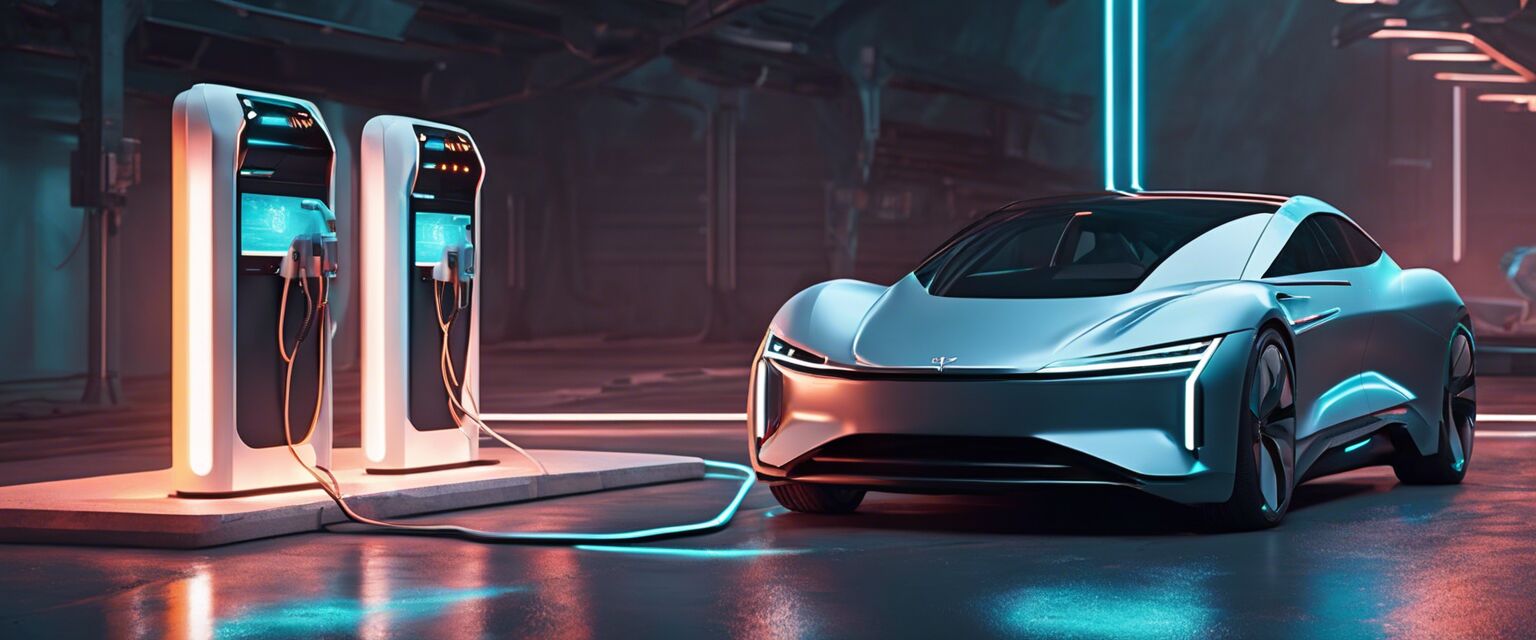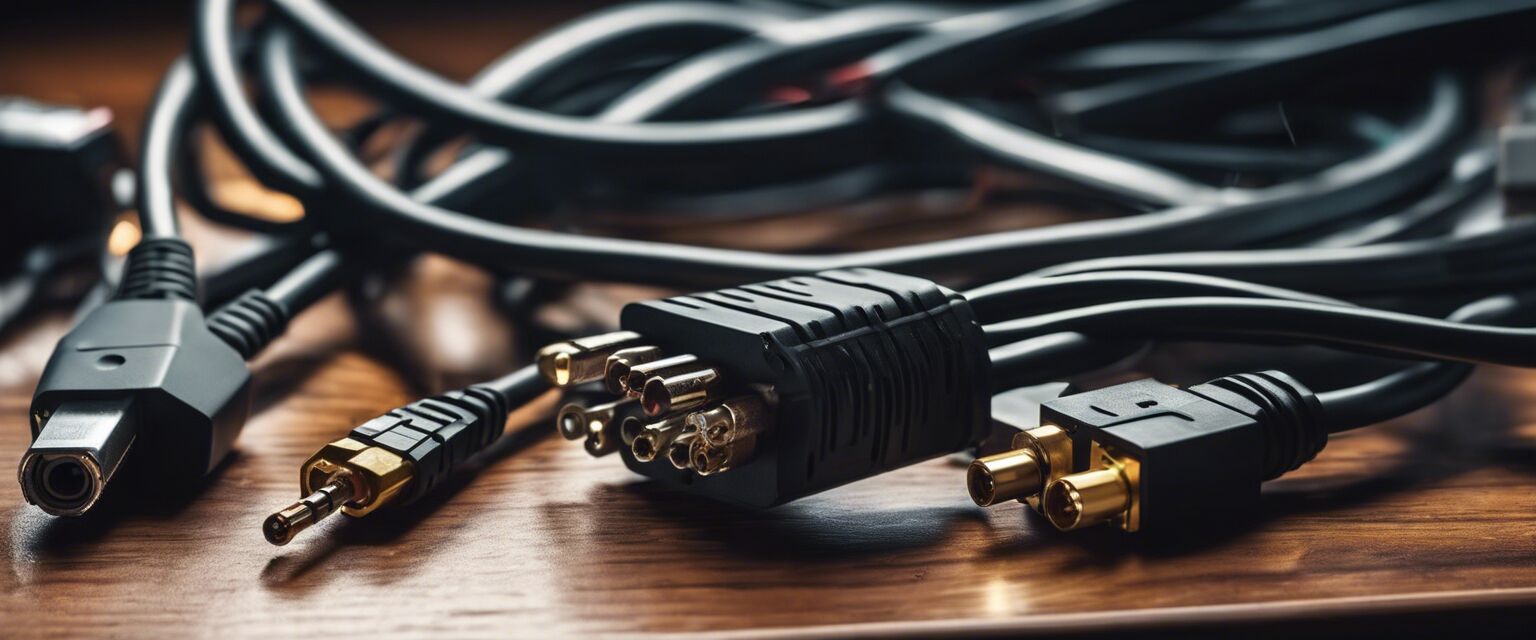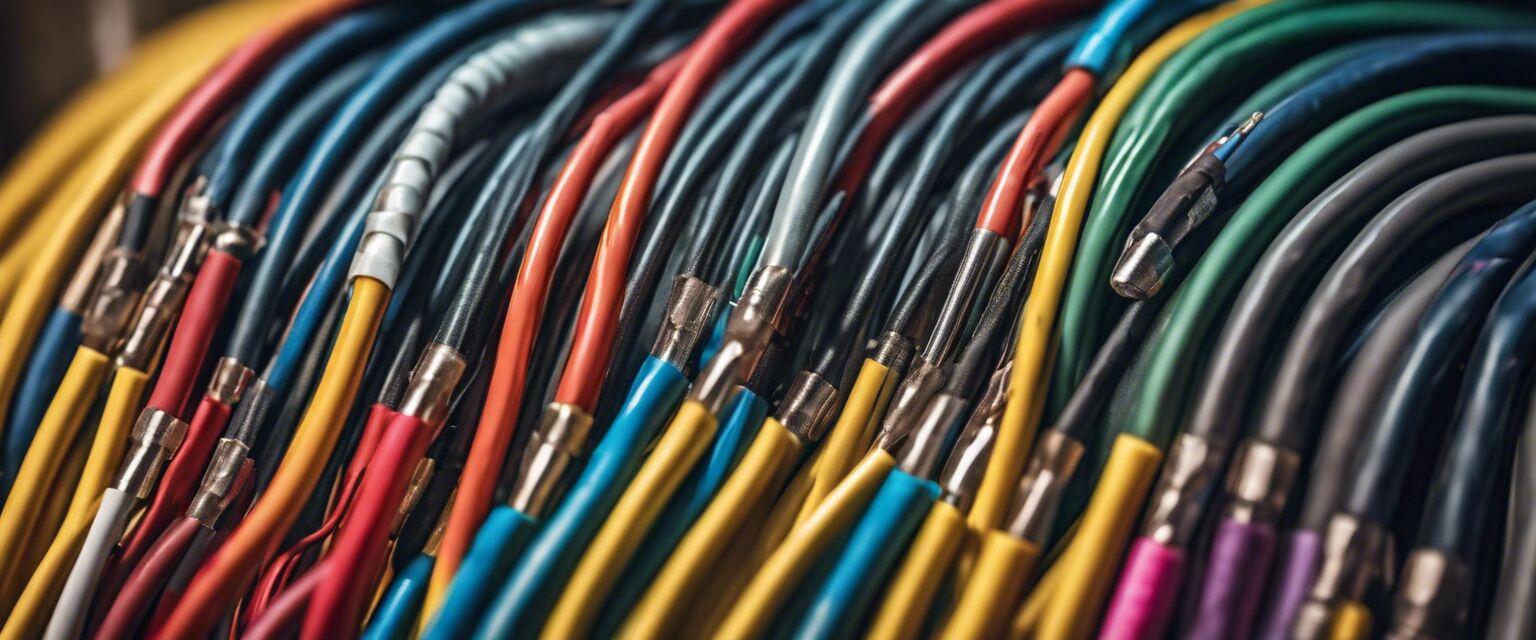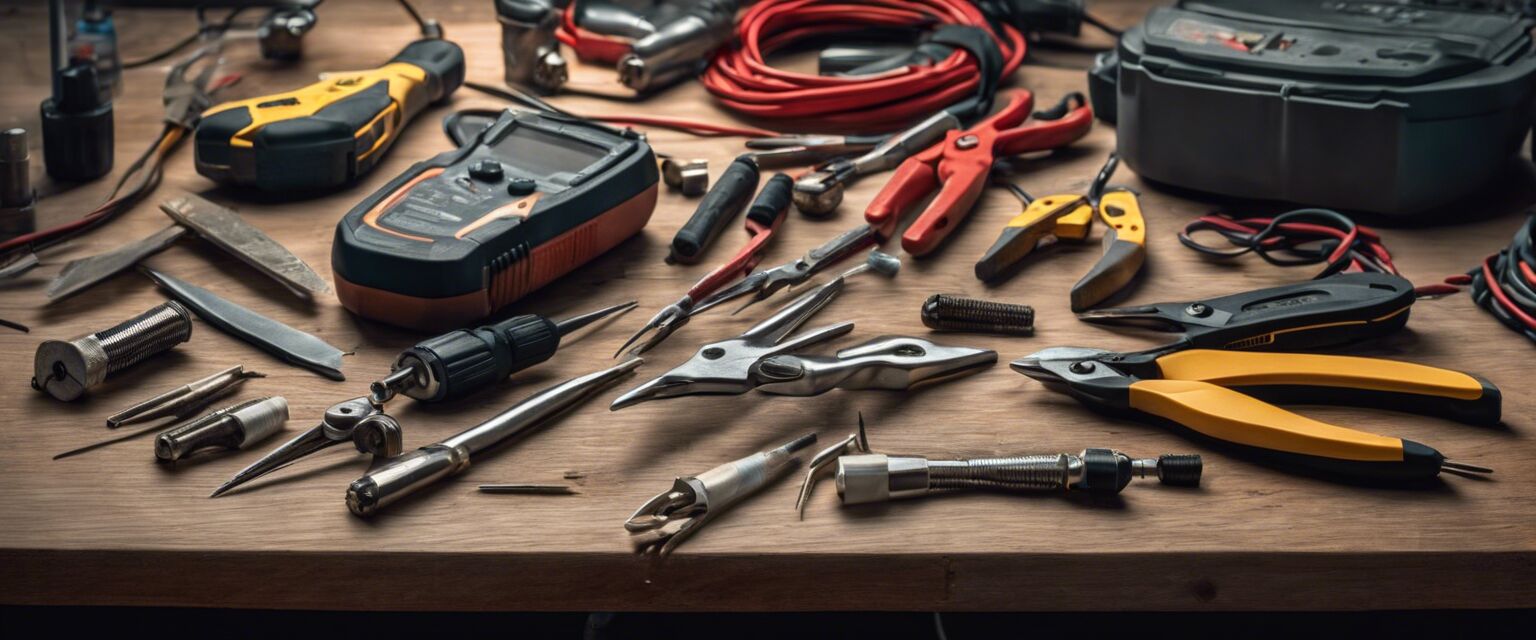
EV Chargers: The Ultimate Guide
As the world shifts towards electric vehicles, EV chargers have become an essential component of our daily lives. Whether you're an electrician, a homeowner, or an EV enthusiast, understanding EV chargers is crucial. In this comprehensive guide, we'll delve into the world of EV chargers, covering types, installation, maintenance, and more.
Key Takeaways
- There are three main types of EV chargers: Level 1, Level 2, and DC Fast Charging
- Installation requires a certified electrician and a suitable electrical system
- Maintenance involves regular cleaning and inspecting the charger and electrical connections
Types of EV Chargers
There are three primary types of EV chargers, each with its unique characteristics and benefits.
| Type | Power Output | Charging Time | Installation |
|---|---|---|---|
| Level 1 (120V) | Up to 4 miles per hour | 12-24 hours for a full charge | Plug into a standard outlet |
| Level 2 (240V) | Up to 25 miles per hour | 4-8 hours for a full charge | Requires a dedicated 240-volt charging station |
| DC Fast Charging | Up to 100 miles in 30 minutes | 30 minutes to 1 hour for an 80% charge | High-power DC charging station |
Installation Guide
Installing an EV charger requires careful planning and execution. Here's a step-by-step guide to help you get started:
- Determine your electrical system's capacity and compatibility
- Choose a certified electrician with EV charger installation experience
- Select a suitable charger type and brand
- Plan the installation location and cable routing
- Install the charger and electrical connections
- Test the charger and ensure it's working correctly

Maintenance and Troubleshooting
Regular maintenance is crucial to ensure your EV charger operates efficiently and safely.
Beginners Section
- Regularly clean the charger and electrical connections
- Inspect the charger for signs of wear or damage
- Check the electrical system for overload or overheating
Common Issues and Solutions
| Issue | Solution |
|---|---|
| Charger not turning on | Check the electrical connections and circuit breaker |
| Slow charging speeds | Check the charger's power output and electrical system capacity |
| Error codes or lights | Consult the charger's user manual or contact the manufacturer |

Conclusion
EV chargers are a vital component of the electric vehicle ecosystem. By understanding the different types, installation requirements, and maintenance needs, you'll be well-equipped to navigate the world of EV charging. Remember to always follow safety guidelines and consult certified professionals when needed.

Want to learn more about electrician supplies and tools? Check out our guides on audio/video cable accessories, conduit and conduit accessories, and tools and accessory kits.
Pros
- Convenient and efficient charging
- Reduced greenhouse gas emissions
- Government incentives and rebates
Cons
- Higher upfront costs
- Limited charging infrastructure
- Dependence on electrical grid








